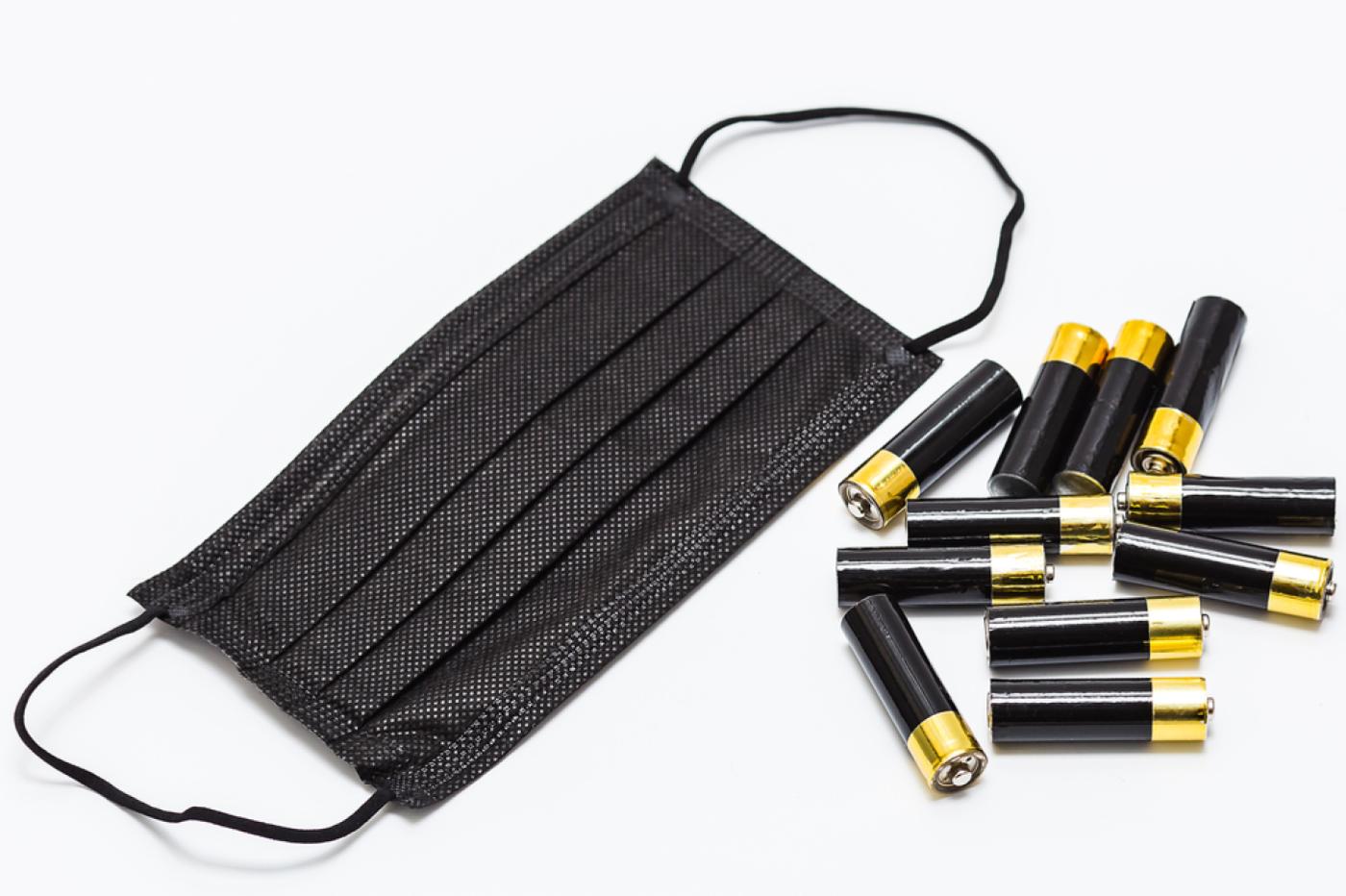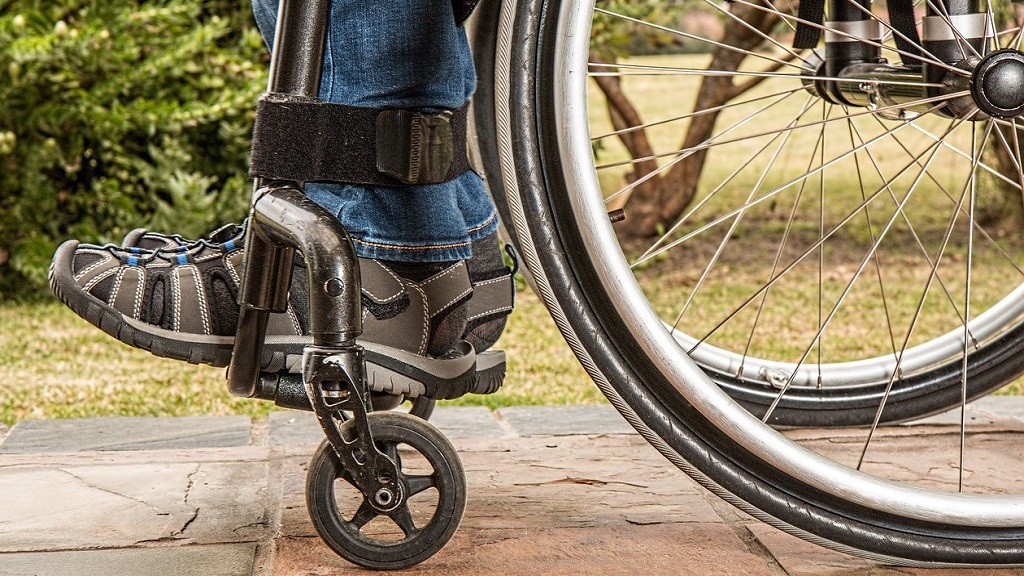
Turning waste into energy is a very old concept; American researchers took the opportunity to recycle the idea in the context of the pandemic.
If it was difficult to obtain it at the beginning of the pandemic, the situation has changed a lot since then; disposable masks are everywhere today, so much so that they are starting to become a real logistical problem. To overcome this situation, some offer quite original countermeasures. This is the case of a group of researchers who intend to offer them a rather unexpected professional retraining in the energy sector.
In a study published in the Journal of Energy Storage and spotted by Interesting Engineering, they presented a method that would allow them to be recycled into inexpensive, flexible, and above all, surprisingly high efficiency batteries. To do this, they began by compacting them into huge bales which were then sterilized by ultrasound. The next step is to soak them in a bath, in what could very briefly be described as graphene-based ink until saturation, then heat them to 140°C. This process produces small granules which act as electrodes in the future battery.
To finish assembling it, they add an insulating layer also made of masks. Finally comes the electrolyte, the last essential element in the design of a battery. The latter is produced from recycled drug packaging. In the end, a significant part of the battery is therefore produced from medical waste, which has the effect of reducing the price and the ecological impact of the graphene and the cobalt oxides that compose it.
An interesting concept with still mysterious potential
Usually, when you go through these kinds of studies that claim to turn a problem into a solution with very few downsides, you expect to come across some pretty disappointing results. But once is not custom, this battery seems to work surprisingly well. According to the researchers, their prototype would have reached a quite respectable energy density of 99.7 Wh/kg.
By adding calcium-cobalt oxide nanoparticles, they even managed to achieve an energy density of 208 Wh/kg. For comparison, according to the University of Washington, the density of batteries Li-ion that power countless devices in our daily life oscillates between 100 and 265 Wh/kg depending on the variants.
In addition to this energy performance, these batteries have the advantage of being flexible, thin and relatively inexpensive to produce. It is therefore a interesting proof of concept which goes beyond the recycling of masks, which we hope will not be part of our daily life forever. The researchers expect their method to work with other recycled products. A point that could well offer him some opportunities in the industry.
But you have to be careful. Energy storage is one of those areas of research that is making great strides, but where the most promising theoretical innovations often struggle to find a place in the real world. It will therefore be interesting to follow the progress of this work to find out if an operator will have the courage to develop an entire industrial chain for the production of these batteries.
The text of the study is available here.



